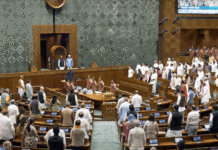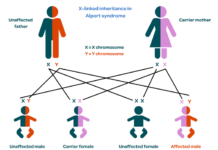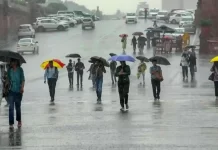
The Right to Education Act (RTE)
Not only is education a fundamental right, but it is also a potent force for social change. To ensure free and compulsory education for all children in India, the Right to Education Act (RTE) was passed in recognition of this. In this blog article, we’ll examine the RTE’s importance, its main clauses, and the effects it has had on the nation’s educational system.
Background Information: The RTE Act, passed in 2009, was a significant piece of legislation designed to close the achievement gap in India. It was the result of years of work to make primary education available to everyone and remove inequalities in access to high-quality education. The Indian Constitution, which recognizes the right to education as a basic right, served as the model for the Act.
Major Points: The RTE Act has a number of crucial clauses that help to realize the objective of inclusive and equitable education:
- All children between the ages of 6 and 14 are required to attend free, obligatory school, according to the Act.
- Seat Reservation: The Act mandates that children from economically disadvantaged groups of society get a 25% reservation of seats in private schools.
- Infrastructure and Facilities: To promote a positive learning environment, the Act underlines the need for adequate infrastructure, teaching staff, and instructional materials.
- Minimum Standards for Quality: The Act establishes requirements for curriculum, teacher-student ratios, and school facilities.
- Financial Provisions: The Act anticipates that the government will set aside sufficient finances to guarantee that its
Impact and difficulties: The Indian educational system has been significantly impacted by the RTE Act. Particularly for economically disadvantaged groups and marginalized areas, it has increased enrollment rates. By making education available for free, families are no longer as financially burdened, allowing more kids to attend school.
The gap between government and private schools has been bridged by the reservation of seats at private schools, enabling students from disadvantaged homes to enjoy a quality education. Additionally, this clause has pushed private schools to value diversity and promote social inclusiveness.
But there are still issues with the RTE Act’s implementation. There is still a need for qualified teachers and high-quality infrastructure, particularly in rural areas and economically underdeveloped places. The efficient implementation of numerous rules has been hampered by a lack of adequate funds. Additionally, there is a need for ongoing improvement in the standard of instruction and learning outcomes.
Future Prognosis: The RTE Act is nevertheless a vital step towards achieving universal education in India, notwithstanding the difficulties. The Act raised awareness of the right to education and set the way for other educational reforms. The effectiveness of the Act depends on the government’s dedication to enhancing infrastructure, teacher preparation, and learning outcomes. Additionally, to close the remaining gaps, active involvement from the commercial sector, non-governmental organizations, and civil society is crucial. Collaboration can guarantee the Act is implemented correctly and contribute to the realization of the goal of an educated and empowered India.
The Right to Education Act (RTE) is a game-changing piece of legislation that has completely transformed the Indian educational sector. Millions of kids, particularly those from disadvantaged families, have now access to an education because to it. Even though difficulties still exist, the Act continues to give people hope for a better future by ensuring that everyone has equal access to education. To overcome the implementation difficulties and lay a solid foundation for inclusive and high-quality education in India, it is imperative that all stakeholders collaborate.
Link: https://dsel.education.gov.in/rte









































